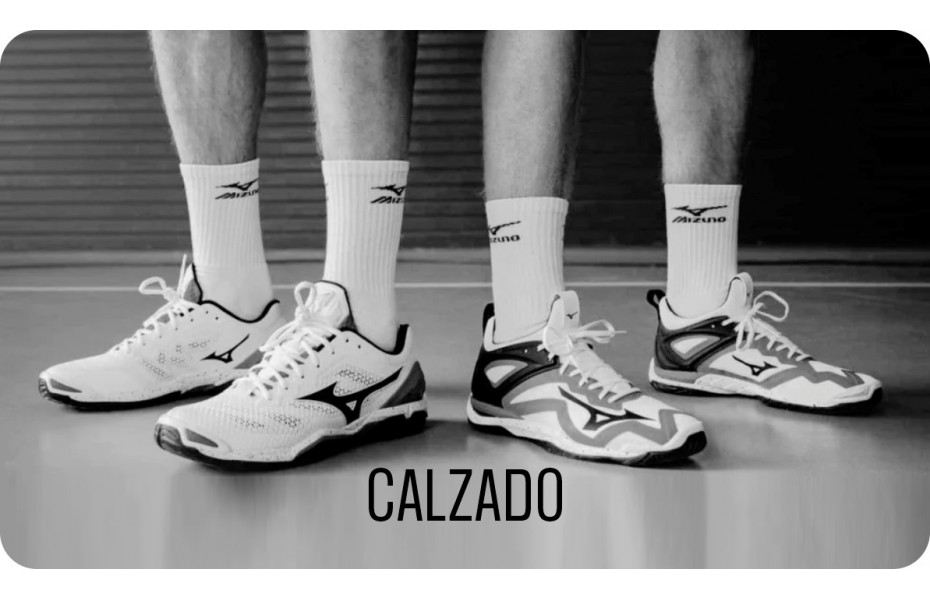
How to choose a handball depending on your playing style?
Depending on the game category, skill level, and environment in which it's played, a handball must meet certain requirements to optimize maneuverability, control, and comfort. There are various factors to consider when selecting them. What are they? At Handbolaunpas, we explain.
Handballs vary in size, weight, and material; each of these characteristics has a direct impact on how the ball is handled in the game. From specifications for different age groups to differences between those designed for indoor and outdoor courts, understanding how each type affects the game is essential.
Knowing the characteristics of the ball and how they align with your requirements will allow you to make an informed decision and maximize your effectiveness in the game.
What are the types of handball games?
Handball is a versatile sport played in different formats, each with specific characteristics and rules that influence the type used. These game types allow players to experience it in various ways, adapting the game to different environments and skill levels.
Indoor Handball
Indoor handball is the most common and widely practiced format, played on indoor courts measuring 40 by 20 meters. In this version, the ball must meet specific size and weight standards, which vary according to the players' category (adults, youth, etc.).
Courts usually have a wooden or synthetic surface, providing consistent bounce and precise control of the ball. Indoor handball is characterized by its fast pace, explosive movements, and the need for a ball that facilitates both passing and shooting in a closed environment.
Beach Handball
Beach handball is played on sandy beaches and features a freer and more dynamic style of play, with a smaller format compared to indoor handball. The court measures 27 by 12 meters, and the ball used is generally lighter and smaller to adapt to the sandy environment.
This format is distinguished by its fast pace, spectacular jumps, and the ability to perform acrobatic moves during the game. The sand surface affects how the ball bounces and is handled, so choosing one that suits these conditions is essential to maintain good control and performance.
Mini-Handball
Mini-handball is an adapted version of traditional handball, designed for children and beginners. It is played on smaller courts with smaller and lighter balls, suitable for the hands and skills of young players.
The goal of mini-handball is to introduce players to the basic skills of the sport in a more accessible environment with simplified rules. Balls for this category are designed to facilitate grip and handling, allowing children to develop their coordination and understanding of the game in a fun and safe way.
Characteristics of Handballs
Handballs are designed with specific features that affect their performance in the game. Understanding these features is crucial to choose the right ball for each situation, whether for competitions, training, or technical practice.
Official Sizes
Official sizes ensure that the ball fits players' hands and is handled properly during the game. How to choose the right ball size?
- Size 0 Balls: Used in mini-handball for small children.
- Size 1 Balls: Used for male and female youth and cadet categories.
- Size 2 Balls: For male cadets and female junior and senior categories.
- Size 3 Balls: For senior male players.
These dimensions ensure that the ball is appropriate for the skill level and age of the players, facilitating optimal control and handling.
Types of Balls
Indoor court balls have a rubber or synthetic coating that provides good grip and controlled bounce. Beach handballs, on the other hand, are made from lighter and water-resistant materials suitable for the sandy environment.
Additionally, training balls are usually more durable and designed to withstand intensive use during practice sessions.
Competition, Training, or Technical Balls?
Handballs are primarily classified into three categories: competition, training, and technical.
- Competition Balls: Designed to meet official league and tournament standards. These balls are of high quality and precision, offering consistent performance in high-level games.
- Training Balls: Designed to endure frequent and rigorous use during practice sessions. They are made from durable materials that can withstand repeated impacts and falls without losing their characteristics.
- Technical Balls: Used to improve specific skills, such as shooting or passing techniques. These balls may have unique features, such as alternative sizes or weights, to help players develop and refine particular techniques.
Key Aspects to Consider When Choosing the Right Handball for Your Type of Game
Each handball format and skill level has specific requirements that influence ball selection. Considering these key aspects when choosing a ball will help you find the one that best suits your playing style and environment:
- Ball Size: Ensure you select a ball of the correct size for your game category.
- Ball Weight: The weight of the ball affects how easily it is handled and thrown. Balls must meet the weight standards established for each category, which impacts the speed and accuracy of throws.
- Manufacturing Material: Balls are made from various materials such as rubber, synthetic materials, or leather. Each material offers different grip and durability characteristics.
- Ball Texture: Texture affects grip and control. Balls with a rough texture provide better grip, especially in humid conditions.
- Personal Preferences: A ball that fits well with your playing style and provides comfort can enhance your performance and enjoyment on the field.
Taking the time to select the right ball will allow you to improve your performance, prevent injuries, and enjoy the sport more. With the correct choice, you can optimize your court experience and achieve your handball goals.
At Handbolaunpas, We Have a Wide Range of Handballs: Find the Ideal One for You
At Handbolaunpas, we understand that choosing the right handball is essential for every player, as it directly impacts performance and game experience. That's why we offer a wide catalog of balls designed to meet the specific needs of players at all levels and formats.
Continue reading about this sport in our analysis of the best handball equipment on the market.
At Handbolaunpas, we have a variety of handballs, so you can be sure to find one that perfectly fits your needs and preferences. Explore our catalog and choose the ideal ball to improve your performance and enjoy the sport you love to the fullest.
In Same Category
- What are sports wristbands used for in handball? Key benefits
- How to Play Handball: Basic Rules and Tips for Beginners
- How to Remove Resin from Clothes: Quick and Effective Tips
- Common mistakes when choosing handball equipment and how to avoid them.
- Handball Goalkeeper Protections: Essential Accessories





